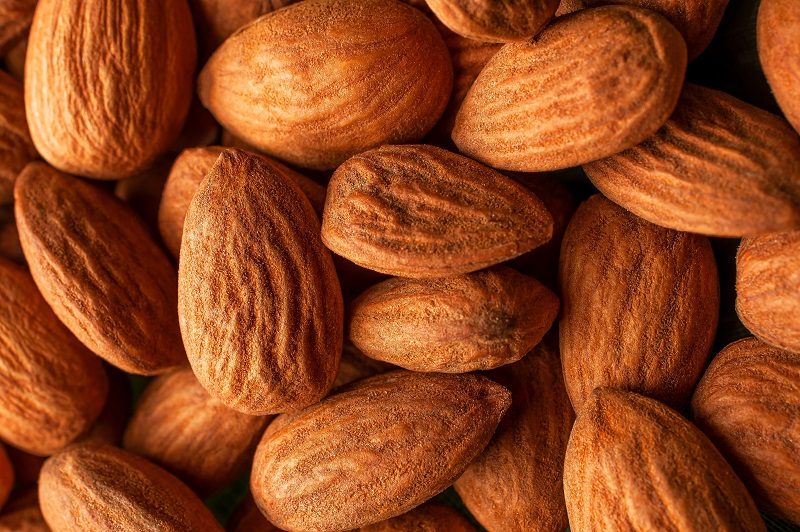25 Years of Project GREEEN’s Growth in Controlled Environment Agriculture

Michigan’s greenhouse industry is one of the largest in the country with an economic impact of more than $740 million annually. According to the Michigan Greenhouse Growers Council, the industry employs more than 9,000 people and ranks third in the U.S. with 47.9 million square feet under cover. Throughout 25 years of Michigan State University’s Project GREEEN, the program has supported research on controlled-environment agriculture and how to increase its economic viability.
Erik Runkle, a Professor and Extension specialist in the Michigan State University Department of Horticulture, joined the faculty in 2001 and has utilized Project GREEEN funding for the entirety of his tenure. His research program focuses on the environmental physiology of herbaceous specialty plants grown in controlled environments.
Some of his earliest work was aimed at determining the environmental factors that influence flowering in potted orchid plants. Orchids are some of the most popular floricultural plants in the world, admired for their beautiful appearance, long lifespan and the relative ease of caring for them.
Runkle and his team found that altering environmental aspects such as temperature can cause some types of orchids to flower at different times. For example, exposing plants to specific temperature regimens can delay flowering until demand is highest at times such as Valentine’s Day or Mother’s Day.
“This was really foundational work to understand how these environmental factors influence flowering that would not have been possible without Project GREEEN,” Runkle says. “We’ve been partnering with greenhouse growers and delivering information to them, as well as hobbyists and anyone interested in growing these plants, for many years. My roles in research and outreach through MSU Extension pair well with Project GREEEN’s model, and we’ve been able to leverage that funding to expand our research program.”
More recently, Runkle has investigated the effects of lighting on the production of premium-quality specialty food products — leafy greens such as kale, lettuce, and spinach.
Alongside a team of researchers including Roberto Lopez, an Associate Professor and Extension specialist in the MSU Department of Horticulture, Runkle used Project GREEEN funding to examine how light color and intensity interact to affect yield and quality. The team also looked at consumer attributes such as taste and texture to monitor the effects of lighting, and worked to create educational materials for distribution to growers.
The project was enhanced by the completion of the Controlled-Environment Lighting Laboratory on campus, which houses research with various types of LED lighting.
Researchers found that far-red light increases leaf size and allows plants to capture more light, which leads to greater yield. It also decreased pigmentation in leaves and could lead to a lower-quality product. Conversely, blue light resulted in smaller, darker leaves with potentially greater quality attributes. Effects of green light were contextual with respect to other types of light that were present.
“We know there are many benefits to indoor controlled-environment agriculture, such as the significant reduction in water use, potential elimination of pesticides, uniform and consistent crops, and year-round production,” Lopez says. “But there are very real challenges, including high energy costs and other economic challenges such as high startup costs. We began to explore some of these with Project GREEEN funding and continue to look at ways to reduce production costs today with federal dollars.”
For more, continue reading at canr.msu.edu.








